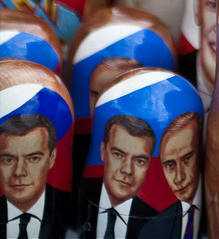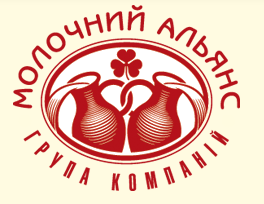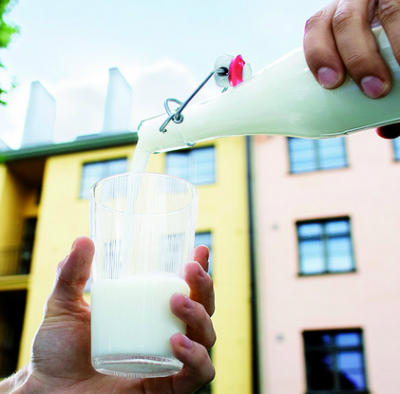EU dairy exports to Russia show tasty growth
A spokesperson for the organisation’s Moscow office told DairyReporter.com: “Russia is a very promising market for EU dairy produce as it is a net importer of dairy produce and imported dairy products have a very solid reputation in the Russian market.”
Domestic production is restricted by a lack of equipment and processing facilities for dairy produce, she added. Also producers in the provinces do not have adequate supply chain mechanisms to deliver their produce to cities.
Processed cheese
Writing in the organisation’s email newsletter FoodAlert, its Moscow manager Alla Barinova explained: “In spite of EU exports to Russia having dropped by 5 per cent in 2009, trade sources confirm that figures for the first quarter of 2010 are increasing.
“In 2009, the EU exported 67,000 tonnes of processed cheese, 63,000t of Gouda, 45,000t of Edam, 31,000t of Cheddar, 13,000t of Blue Vein cheese, and 11,000t of Brie/Camembert.”
Further rises in EU exports are likely reflecting a sharp reduction in recent months of cheese imports from Belarus, Ukraine and Lithuania.
Eastern European imports have been replaced with supplies from Germany and Austria – particularly gouda and edam. “As Russia relies heavily on cheese imports, buyers are likely to look to other European suppliers to meet demand,” wrote Barinova. “The prices for Gouda and Edam from the EU have been rising by around 5% monthly over recent times.”
In addition to cheese, EU butter exports to Russia are also increasing. Last year, Russia was the EU’s biggest butter importer accounting for 19,000t. Barinova refers to trade sources predicting that the figure for the first quarter of this year is likely to be higher than the same period of 2009.
Other key exporters to this market are Belarus, New Zealand and Finland.
Spending power
The Bord BIA spokesperson attributed rising Russian dairy produce consumption to: “Increased consumer spending power, increased consumption of imported dairy products, greater brand recognition of imported dairy products and positive attitudes toward dairy products being an important part of a healthy diet.”
Rising demand for butter also reflected the opening of premium bakery cafe chains in Moscow and St. Petersburg and increased marketing campaigns by leading import brands such as Lurpak, President and Valio, wrote Barinova .
Currently 40 per cent of EU cheese exports go to Russia and the US.







